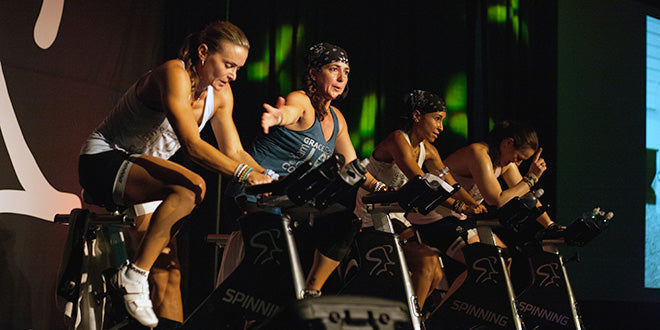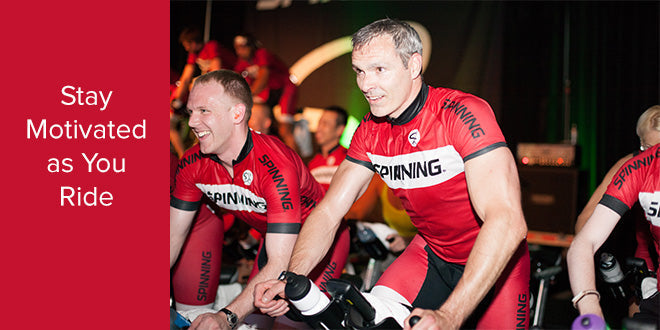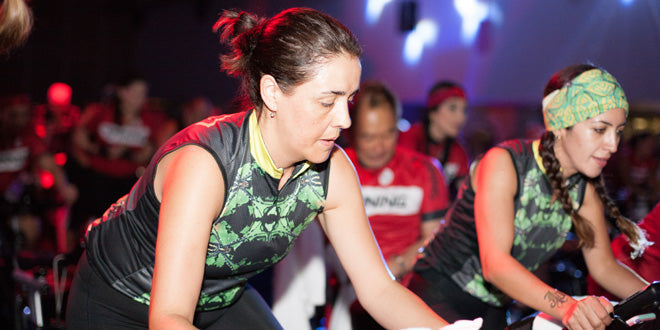“That instructor has the best music!” Heard that one yet? If you were that instructor, wouldn’t you rather hear: “That instructor is the best coach”?If you have to rely on music to make the impact, you may be setting yourself up for mediocrity. The music is the filler. Your coaching talent and genuine sincerity in inspiring your riders is what will give you ultimate staying power. If the music is your signature, then you might as well put a cardboard cutout of yourself in front of your class, push play and go have a sandwich.How will you react when the stereo doesn’t work, your iPod takes a dive, the speakers sound terrible, you’ve downloaded and used every song on the planet (including all of the Spinning® CDs) or your Best of Britney Spears playlist doesn’t exactly match your audience? The answer is simple: look at it as an opportunity to connect at a visceral level with your riders. You may find your students will warm up to truly being coached, not just being motivated to pound themselves into a musical submission.Teaching without music is pure. It’s simple. But be forewarned—it’s only for those instructors willing to raise their own level of instruction, and who also want their riders to understand how organic and powerful the bike is as a mental and physical training tool.
Here are 5 key tips on teaching without music successfully:
- Small Bites: start off by riding without music for the length of one song, and build up your riders to longer silent periods. This will break them in easy. Pose it as a challenge, you can even set up a reward.
- Skill Work: use the silent time to work on a specific skill (e.g., pedaling efficiency, perfecting Jumps, heart rate response, breathing and mental harmony). Remember, outside we don’t always get to rely on music to train more efficiently. It is the coach who provides the forum for successful training.
- Real Road: Give the riders a feel for what the organic road feels like outside. Finding rhythm with no music will help your riders discover their own personal road-riding feeling. Some people have a tough time finding rhythm with music. The Spinning program should encourage individual expression and rhythm.
- Work to Rest: Perform intervals. Time is a critical component to intervals. As the instructor, you can articulate the structure, intensity and length of intervals effectively without the aid of tunes. Silence lets you be the coach. Instruct the start, end and recovery time of the interval structure. No music = less distraction.
- Audience Participation: Increase the level of audience participation both verbally and non-verbally. Have the students count Jumps out loud, gain awareness of their breathing, listen to the purr of the chain, do a cadence check, or just close their eyes and ride on their internal motivation alone. And here’s a concept—teach a common movement that gets intense and do a mini-clinic (e.g., Jumps, Sprints).






Leave a comment
This site is protected by hCaptcha and the hCaptcha Privacy Policy and Terms of Service apply.